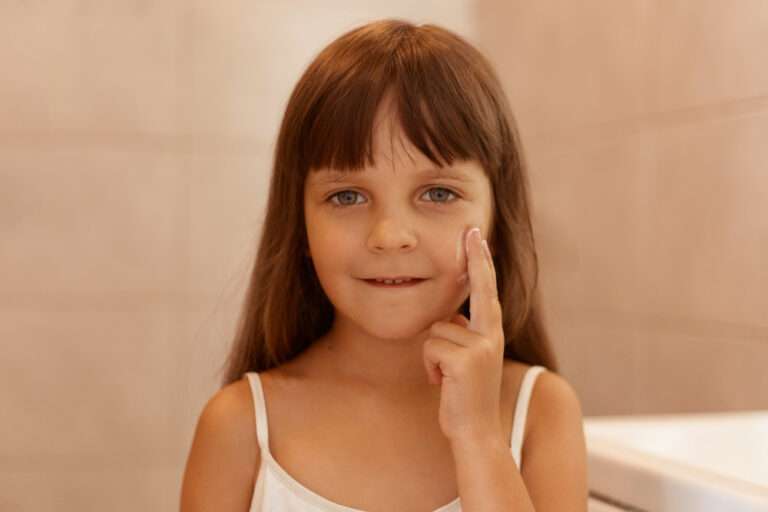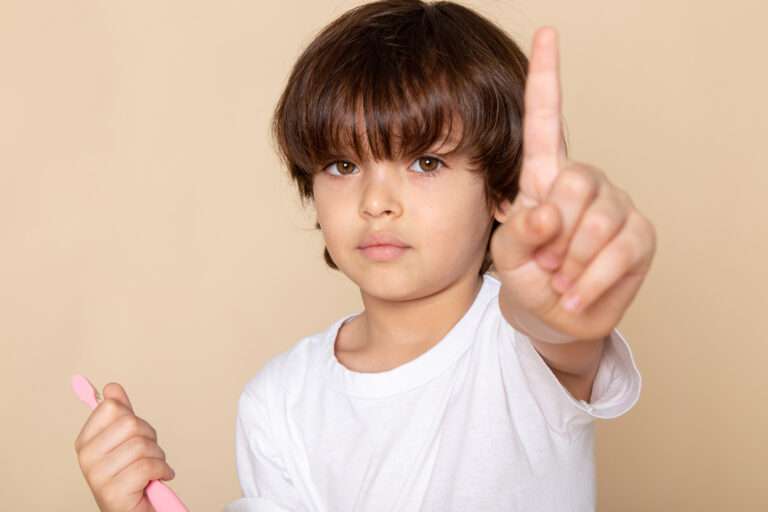Trichotillomania (TTM) in children
Trichotillomania (TTM) in children is a complex condition characterized by the compulsive urge to pull out one’s hair, resulting in noticeable hair loss and significant psychological distress. Understanding its causes, symptoms, and treatment is crucial for managing the condition effectively.
Causes
The exact cause of TTM is not fully understood, but it likely results from a combination of genetic and environmental factors. Risk factors include:
- Family History: Genetics may play a role, with a higher incidence observed in individuals who have a close relative with the disorder.
- Age: TTM typically develops just before or during early teens, most often between the ages of 10 and 13 years. It can also occur in infants, although it is usually mild and transient in this age group.
- Other Disorders: People with TTM may also have other mental health disorders like depression, anxiety, or obsessive-compulsive disorder (OCD).
- Stress: Severely stressful situations or events may trigger TTM in some individuals.
Symptoms
Symptoms of TTM in children can vary but often include:
- Repeatedly pulling hair, usually from the scalp, eyebrows, or eyelashes.
- Increasing tension before pulling or when trying to resist the urge.
- Pleasure or relief after pulling hair.
- Noticeable hair loss, such as bald patches.
- Specific rituals or patterns associated with hair pulling.
- Biting, chewing, or eating pulled-out hair.
- Repeated attempts to stop pulling hair without success.
- Significant distress or problems in social or school environments.
Treatment
Treatment of TTM in children involves a combination of therapy and medication. While there is no standard cure, effective treatments can significantly reduce the urge to pull hair and improve quality of life. Treatment options include:
- Medications: Antidepressants, antipsychotics, anticonvulsants, and nutraceuticals may be used either alone or in combination.
- Therapies: Habit reversal therapy, which increases awareness of pulling behaviors and teaches alternative coping strategies, is considered one of the most effective treatments. Group therapy and peer support can also be beneficial.
- Additional Care: In cases of severe hair loss or skin damage, treatment may involve dermatological care or skin grafting.
Complications
Complications of TTM can extend beyond physical symptoms, often impacting mental health and social functioning. Emotional distress, low self-esteem, depression, anxiety, and difficulties in social and work situations are common. In severe cases, repetitive hair pulling can lead to skin damage, permanent hair loss, or the formation of hairballs in the digestive tract, which may require surgical intervention.
Prognosis
The prognosis for TTM varies, with the condition lasting an average of about 22 years. Early diagnosis and treatment can help limit the duration and impact of the disorder. The outlook is generally better in infants and young children, where the behavior often resolves on its own.
Parents and caregivers of children exhibiting symptoms of TTM should seek professional help from a healthcare provider experienced in treating this disorder. Early intervention is key to managing TTM effectively and minimizing its impact on a child’s life.
------------From our Sponsors------------









